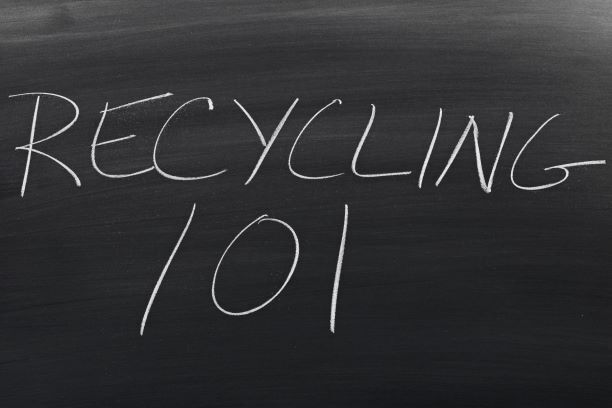
Back To Basics: Recycling is as Easy as 1, 2, 3
Proper recycling habits help reduce recycling contamination rates and ensure local recycling programs remain sustainable for future generations. We’re helping people go back to recycling basics with three key lessons from Recycling Simplified.Byline: BTB Editor
April 7, 2021 / Time to read: 5 minDo you find
Proper
Approximately 26% of survey respondents admitted that they don’t know what materials can and cannot be recycled.
Ahead of
- Remember to keep recyclables unbagged. Bagging or boxing up your recyclables is not necessary. Sorters at the recycling facility are unable to filter through what’s in the bag, so the whole thing could wind up in the landfill.
Recyclables should be left loose when placed in your bin. - Keep recyclables
empty, clean, and dry . Dirty or wet recyclables can contaminate the entire bin. Remember that only clean, drypaper andcardboard can be recycled. You don’t need to scrub items down—just rinse and shake them dry. You should rinse out and dryglass ,aluminum , orplastic containers before tossing them in your bin. - Know what to throw. Flattened cardboard, paper,
plastic bottles and jugs , aluminum cans, andglass (depending on the area) are all recyclable. Also, remember that certain items can never be recycled. Common ones are diapers (clean or dirty!),yard waste , andplastic bags . These things should always be thrown away, or in the case of plastic bags, repurposed if possible. Before you throw an un-recyclable item in the trash, consider if it could be reused or donated. Also, remember thathazardous materials need to be disposed of with special care.
You can become a better recycler just by keeping these three rules in mind every day! Make sure you understand the basics and visit
